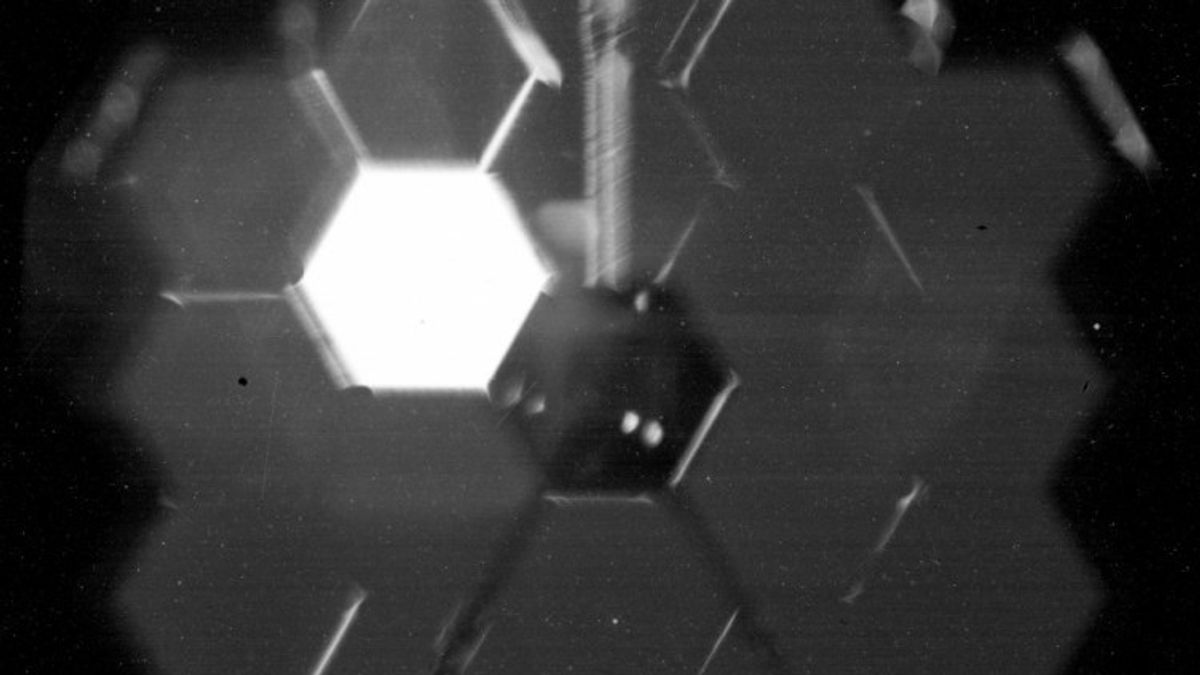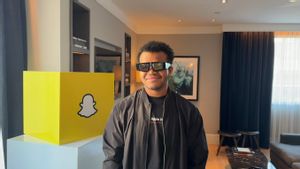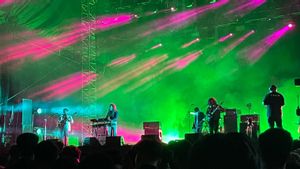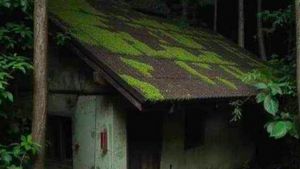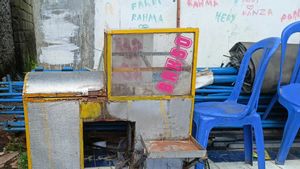JAKARTA - Located a million miles from Earth, the James Webb Space Telescope has just shared its first selfie through its giant mirror from orbit. The photo managed to capture the starlight.
The Webb telescope is equipped with 18 main mirror segments, and the images were taken as part of a months-long process to assess the health of the mirrors and instruments at the giant observatory.
According to a NASA report, all the mirrors appeared to be functioning properly for the past month and a half. The 21-foot (6.5-meter) gold-plated mirror is the largest ever launched into space.
"This extraordinary telescope has not only spread its wings, but has now opened its eyes," said Lee Feinberg, Webb Optical Telescope Element Manager at NASA's Goddard Space Flight Center.
But before the Webb Telescope can begin capturing stunning images of galaxies, star clusters, and planets, mission controllers will need to make sure that the observatory's massive main mirror is aligned correctly.
In addition to selfies, the Webb Telescope also captures mosaic images, scientists using the Webb Telescope's infrared camera, known as the NIRCam, to view starlight from the same star in each of the telescope's 18 main mirror segments. A total of 18 points of starlight resembling bright fireflies flying in the black night sky.
"For the first time in flight, all of these systems act together for scientific observations," said Marshall Perrin, Deputy Scientist for the Webb Telescope at the Space Telescope Science Institute in Baltimore.
He added that this initial exercise, which included taking more than 1,500 photos, went very smoothly, and the resulting images were truly breathtaking moments.
"Just a lot of tears and joy from everyone in the room," Perrin . said
The telescope's first target is a bright star 258 light-years away in the constellation Ursa Major. Over the next few months, segments of the hexagonal mirrors, each about the size of a coffee table, will be aligned and focused into one, enabling scientific observations to begin in late June.
The 10 billion infrared observatory, considered the successor to the aging Hubble Space Telescope, will search for light from the first stars and galaxies that formed in the universe nearly 14 billion years ago.
Not only that, the Webb Telescope will also examine the atmospheres of foreign worlds for possible signs of life. Check out the photo of the mosaic below.
The English, Chinese, Japanese, Arabic, and French versions are automatically generated by the AI. So there may still be inaccuracies in translating, please always see Indonesian as our main language. (system supported by DigitalSiber.id)
